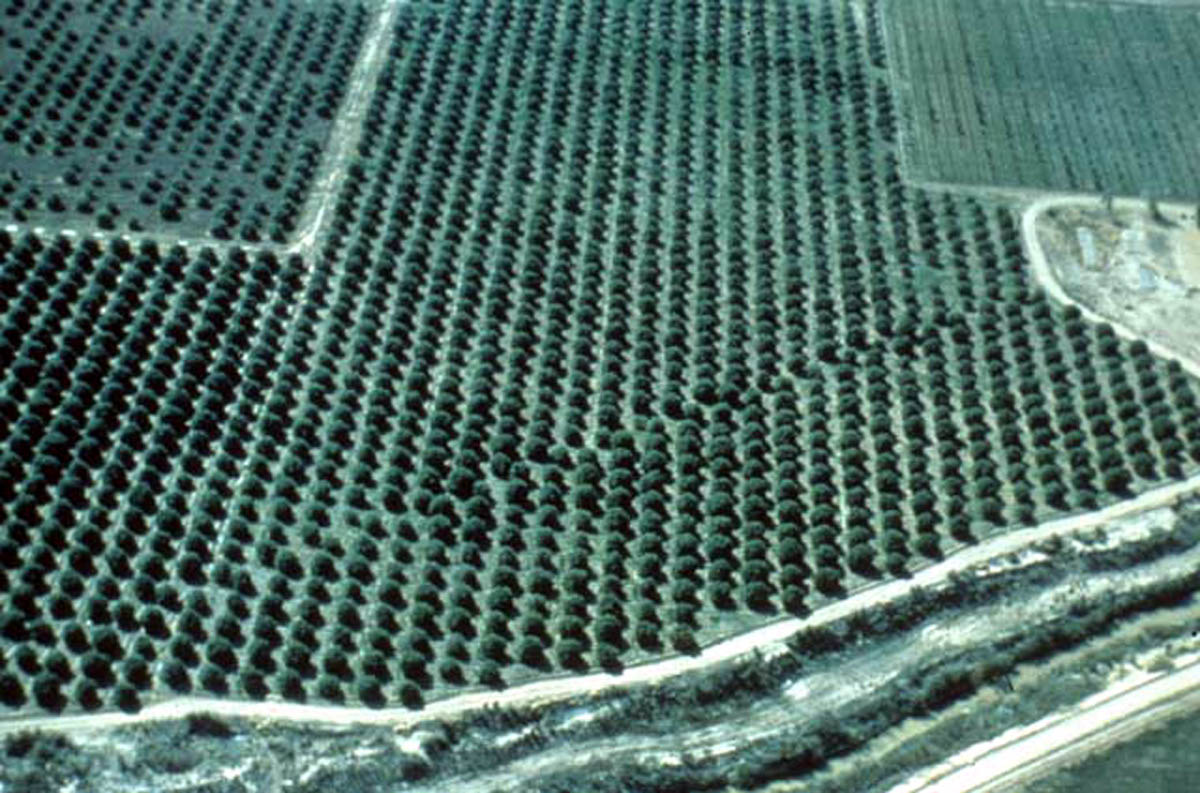NYC
Earthquakes: Can It Happen There?
Thursday 28 September 2017 (7:00 PM) - Dr. Charles Merguerian
Ulster Community College, Stone Ridge, NY
Principal - Duke Geological Laboratory, Stone Ridge, NY 12484
Professor Emeritus - Hofstra University, NY
 All geologists and seismologists agree that earthquakes produce dislocations known as faults and that preexisting faults and joints tend to localize new, recurrent earthquakes. The bedrock beneath
All geologists and seismologists agree that earthquakes produce dislocations known as faults and that preexisting faults and joints tend to localize new, recurrent earthquakes. The bedrock beneath
Modern seismicity along NW-trending faults in NYC is a matter of scientific record. The epicenter of a small earthquake (~2.4 Richter) localized in NYC on 17 January 2001 plots adjacent to the trace of the
Dr. Merguerian will provide evidence that the NW-trending faults of NYC should be considered “active faults”. Unequivocal post-glacial ground rupture is difficult to demonstrate in NYC where most bedrock faults are deemed to have formed at depth and then later elevated and eroded up to the surface. Yet, the Bronx River, which formerly flowed SSW in an open valley underlain by the Inwood Marble, shows diversion away from its "pirated" marble valley by exhibiting displacement of course acrossthe NW-trending right-lateral Mosholu fault. South of the fault, the river now flows in a non-glaciated south-trending V-shaped gorge through more-competent gneiss and schist of the Hartland Formation.
Image above right shows obvious offset of orange grove planted in former straight rows across the San Andreas fault in California, the result of protracted fualt creep. (Image by John W. Shelton, Geology Illustrated, 1976.)